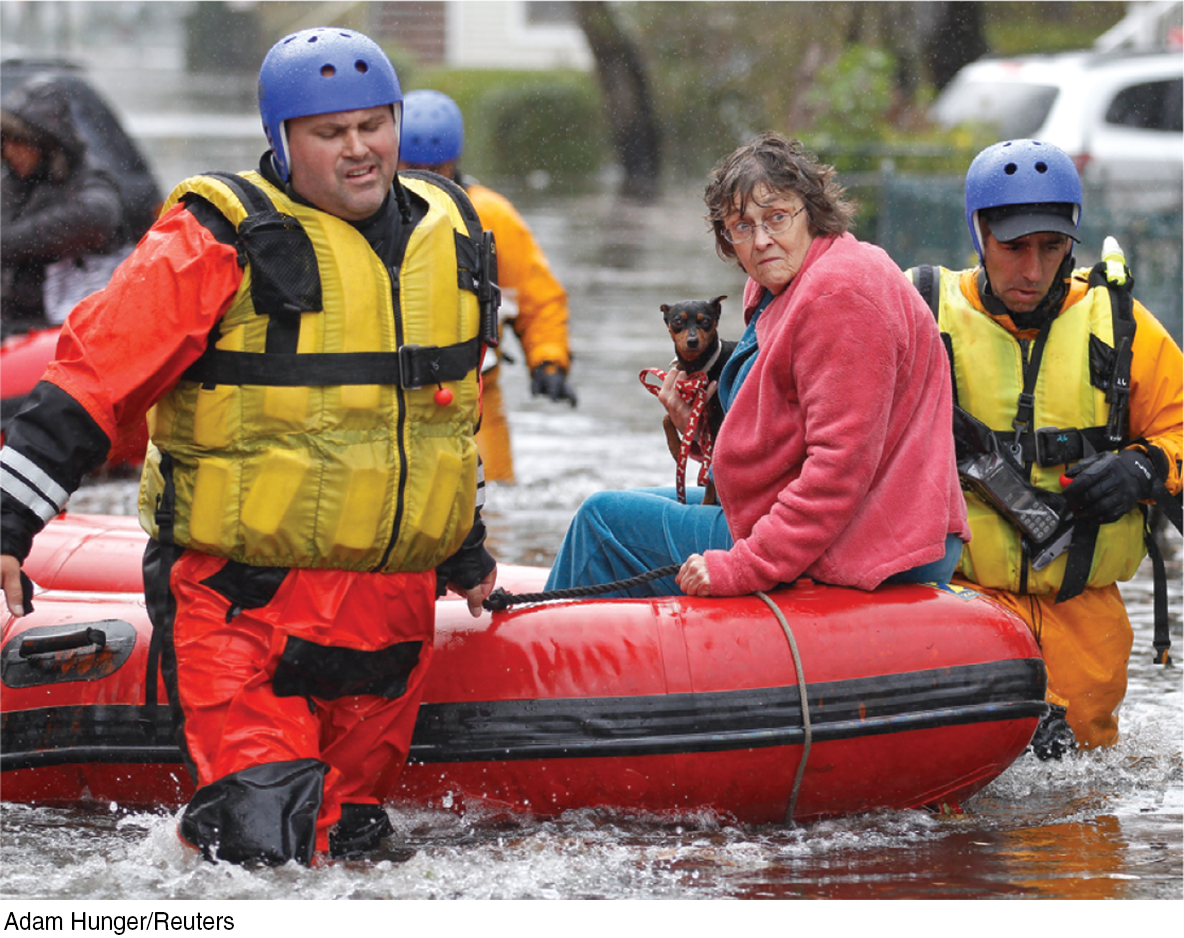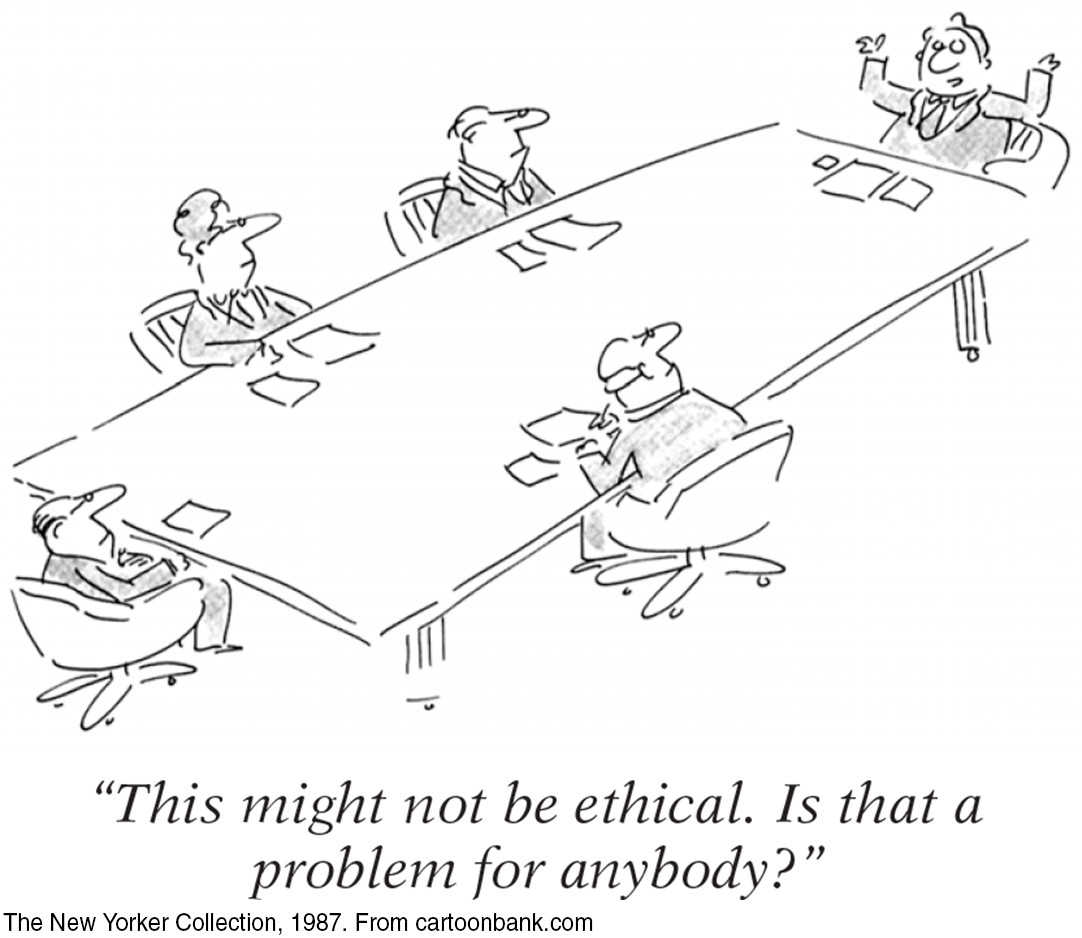12.2 Cognitive Development
12-
During the early teen years, reasoning is often self-
“When the pilot told us to brace and grab our ankles, the first thing that went through my mind was that we must all look pretty stupid.”
Jeremiah Rawlings, age 12, after a 1989 DC-
Developing Reasoning Power
When adolescents achieve the intellectual summit that Jean Piaget called formal operations, they apply their new abstract reasoning tools to the world around them. They may think about what is ideally possible and compare that with the imperfect reality of their society, their parents, and themselves. They may debate human nature, good and evil, truth and justice. Their sense of what’s fair changes from simple equality to equity—

Developing Morality
Two crucial tasks of childhood and adolescence are discerning right from wrong and developing character—
MORAL REASONING Piaget (1932) believed that children’s moral judgments build on their cognitive development. Agreeing with Piaget, Lawrence Kohlberg (1981, 1984) sought to describe the development of moral reasoning, the thinking that occurs as we consider right and wrong. Kohlberg posed moral dilemmas (for example, whether a person should steal medicine to save a loved one’s life) and asked children, adolescents, and adults whether the action was right or wrong. His analysis of their answers led him to propose three basic levels of moral thinking: preconventional, conventional, and postconventional (TABLE 12.1). Kohlberg claimed these levels form a moral ladder. As with all stage theories, the sequence is unvarying. We begin on the bottom rung and later ascend to varying heights, where we may place others’ comfort above our own (Crockett et al., 2014). Preschoolers, typically identifying with their cultural group, conform to and enforce its moral norms (Haun et al., 2014; Schmidt & Tomasello, 2012). When those norms reward kind actions, preschoolers help others (Carragan & Dweck, 2014). Kohlberg’s critics have noted that his postconventional stage is culturally limited, appearing mostly among people who prize individualism (Eckensberger, 1994; Miller & Bersoff, 1995).
Kohlberg’s Levels of Moral Thinking
| Level (approximate age) | Focus | Example |
|---|---|---|
| Preconventional morality (before age 9) | Self- |
“If you save your dying wife, you’ll be a hero.” |
| Conventional morality (early adolescence) | Uphold laws and rules to gain social approval or maintain social order. | “If you steal the drug for her, everyone will think you’re a criminal.” |
| Postconventional morality (adolescence and beyond) | Actions reflect belief in basic rights and self- |
“People have a right to live.” |

MORAL INTUITION Psychologist Jonathan Haidt [HITE] (2003, 2012) believes that much of our morality is rooted in moral intuitions—
One woman recalled driving through her snowy neighborhood with three young men as they passed “an elderly woman with a shovel in her driveway. I did not think much of it, when one of the guys in the back asked the driver to let him off there. . . . When I saw him jump out of the back seat and approach the lady, my mouth dropped in shock as I realized that he was offering to shovel her walk for her.” Witnessing this unexpected goodness triggered elevation: “I felt like jumping out of the car and hugging this guy. I felt like singing and running, or skipping and laughing. I felt like saying nice things about people” (Haidt, 2000).
“Could human morality really be run by the moral emotions,” Haidt wonders, “while moral reasoning struts about pretending to be in control?” Consider the desire to punish. Laboratory games reveal that the desire to punish wrongdoings is mostly driven not by reason (such as an objective calculation that punishment deters crime) but rather by emotional reactions, such as moral outrage (Darley, 2009). After the emotional fact, moral reasoning—
This intuitionist perspective on morality finds support in a study of moral paradoxes. Imagine seeing a runaway trolley headed for five people. All will certainly be killed unless you throw a switch that diverts the trolley onto another track, where it will kill one person. Should you throw the switch? Most say Yes. Kill one, save five.
Now imagine the same dilemma, except that your opportunity to save the five requires you to push a large stranger onto the tracks, where he will die as his body stops the trolley. The logic is the same—
While the new research illustrates the many ways moral intuitions trump moral reasoning, other research reaffirms the importance of moral reasoning (Johnson, 2014). The religious and moral reasoning of the Amish, for example, shapes their practices of forgiveness, communal life, and modesty (Narvaez, 2010). Joshua Greene (2010) likens our moral cognition to our phone’s camera. Usually, we rely on the automatic point-

MORAL ACTION Our moral thinking and feeling surely affect our moral talk. But sometimes talk is cheap and emotions are fleeting. Morality involves doing the right thing, and what we do also depends on social influences. As political theorist Hannah Arendt (1963) observed, many Nazi concentration camp guards during World War II were ordinary “moral” people who were corrupted by a powerfully evil situation.
Today’s character education programs tend to focus on the whole moral package—
“It is a delightful harmony when doing and saying go together.”
Michel Eyquem de Montaigne
(1533–
A big part of moral development is the self-
Our capacity to delay gratification—
RETRIEVE IT
Question
According to Kohlberg, morality focuses on self-interest, morality focuses on self-defined ethical principles, and morality focuses on upholding laws and social rules.